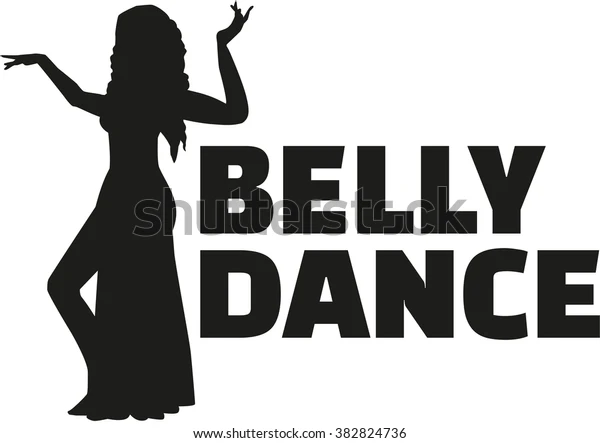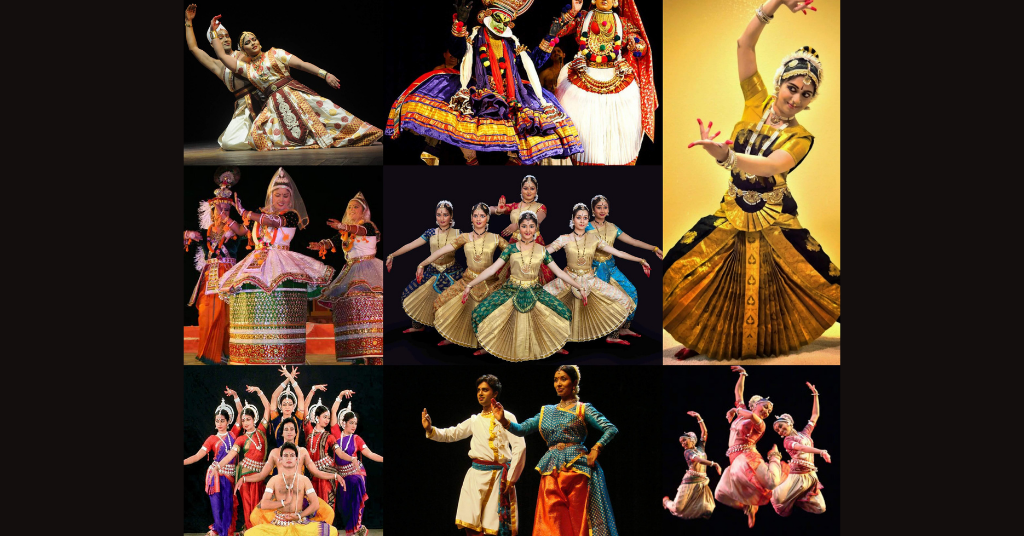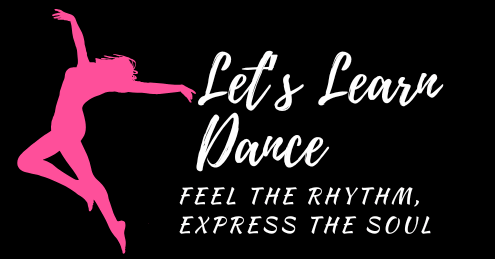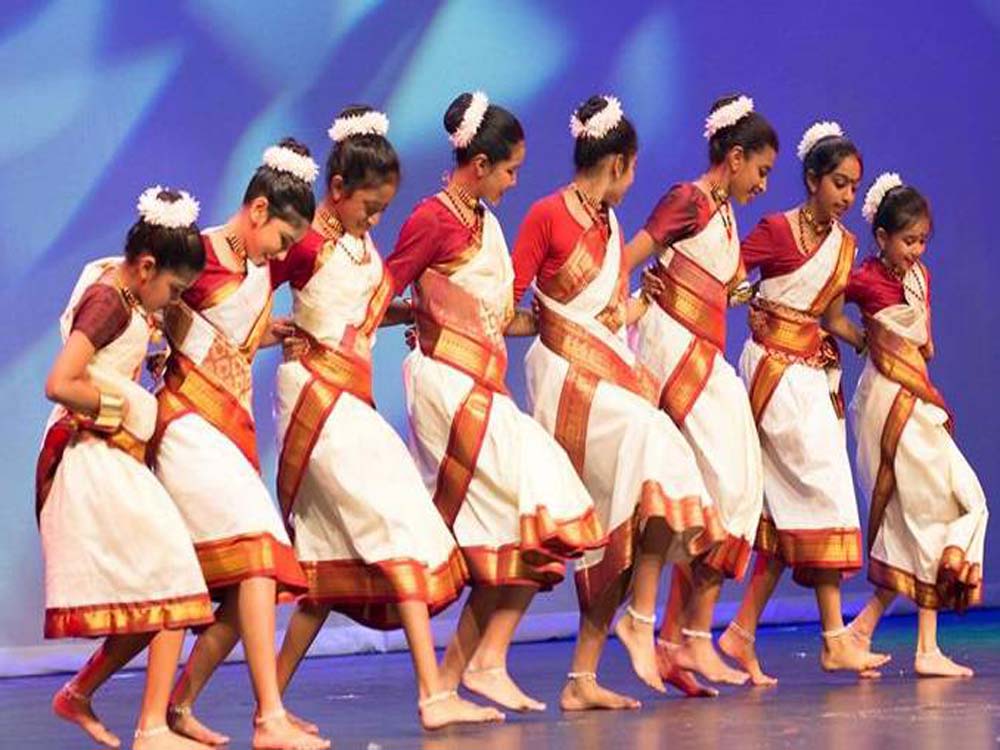
History of Dance: Contemporary, Belly, Classical, and Hip-Hop

What is the History of Dance?
Dance is not only an art but it is a worship for many people and you must be surprised to know that the history of dance has been a part of human culture for thousands of years. History of dance declares that there are many types of dance performed occasionally. Dance gives all the health benefits which are given by any exercise. According to wikipedia, the history of dance says that, Dance has became an important part of our human culture when Egyptians started using dance as an integral part of their religious ceremonies. But one thing that will surprise you about the history of dance is that it is difficult to say how dance became an important part of human culture. History of Dance says, it is a social interaction tool, many dances were performed as rituals in ancient times. As per “Wikipedia” the history of dance says, Dance is the method of healing and expression. The one wants to express his/her feeling but can’t express it by words so dance is useful in that case as it helps in expressing one’s feelings to the other one. Not only in the ancient times, but today also people used this trick to express their feelings to a loved one. History of Dance is not just simple as we see, it is a deep historical story.
Tracing Grace Through Time: The Untold Story of Contemporary Dance

Contemporary dance developed in the mid-20th century as a dynamic and expressive form that blends elements from different genres to break traditional dance boundaries. This dance form is one of the most expressive and evolving dance forms of not only ancient times but also today. This dance form is especially known for its emotional depth, creative freedom, and fusion of techniques.Historically, contemporary dance emerged by blending the precise and powerful legwork of ballet with the expressive techniques of modern dance. When this contemporary dance emerged everybody used to refer to it as the “New Movement of Dancers”. The history of dance reveals that contemporary dance developed as a bold investigation of conventional and revolutionary movements, drawing inspiration from diverse dance styles across the world. The history of contemporary dance says that this form of dance has an unpredictable power. This dance form skillfully transitions through different rhythms, tempos, and directions with seamless precision.
What is the history of dance- Belly Dance?

The history of dance says that there are many dance forms which are uncountable – and this dance form is one of the most famous dance forms known as “Belly Dance”. The history of dance says that Belly dance developed in 1864. Belly dance developed from the Middle East and North Africa, particularly in Egypt. Belly Dance traces its origins to the French term “Danse du Ventre” literally translating to ‘Dance of the belly’ highlighting the art’s emphasis on fluid abdominal movements. The history of dance also mentions that in the ancient times this dance form- Belly dance was traced in places such as Greece, and Mesopotamia. The history of dance also says that the Belly Dance is not always about performance and entertainment, sometimes Belly dance is all about cultural and spiritual significance. Belly dance is celebrated for its emotive flair and elegantly flowing movements.Rooted in rich and ancient heritage, its costumes and music together reflect a timeless cultural agency. Belly Dance, which is the translation of the French term was found by Charles James Will in English.
The Timeless Legacy of Classical Dance: A Journey Through History

The other most popular form among dance forms is Classical Dance. The history of dance says that Classical Dance is that form of performance which converts the music into movement, expression, and storytelling. This dance was mostly played in temples and rituals. Classical Dance is also among the dances performed in the ancient times. Classical dance finds its earliest roots in human culture as far back as 7000 BCE, marking it as one of the oldest artistic expressions in history. In ancient times, this form of dance was a medium of communication with the divine. The roots of classical dance And this form of dance is most likely performed in India. According to the history of dance, different states have classical dance but with different names. The history of dance mentions that the Classical Dance has served as a “Mirror of Civilization”. The history of dance also mentions that the Classical Dance developed in Indian culture in 200 BCE.
What is the History of Hip-Hop?

Among many powerful styles in the history of dance, Hip-hop stands out as a powerful cultural movement and expressive dance styles. The history of dance says that this dance is not just a dance performed in temples or any other places. Hip-Hop Dance is firstly performed in streets and now it makes its own place globally. Hip-hop has bursted a global stage where passionate performers compete to showcase their rhythm and soul. Hip-Hop Dance became a source of money and helped in earning a reputation around the world. The history of Dance says that Hip-Hop Dance emerged from New York City in the 1970s. The history of dance says that firstly, this hip-hop dance has been the source for street people, a source of earning and for the public a source of entertainment. Gradually hip-hop dance made its way onto television screens and into blockbuster films, capturing the attention of global audiences.
Conclusion
The history of dance says that dance is a journey through expression, culture and time. Each form of dancing had an individual story, differing from the rhythms of hip-hop dance to the style and description of classical dance forms. The history of dance also mentions that the traditional boundaries were crushed by contemporary dance, who allowed both physical and emotional privilege. Combining the rhythms of the past, the pulse of the present, the grace of the tradition, and the spark of innovation, these dance forms unite in the universal language of movement to celebrate the rich range of human feelings.



